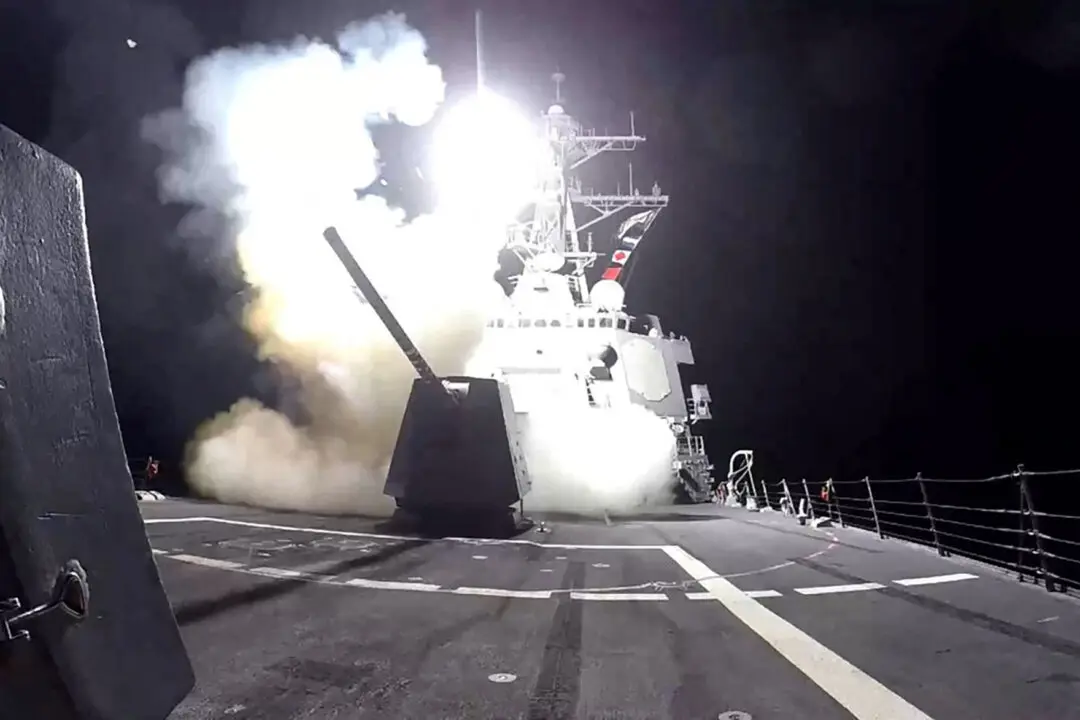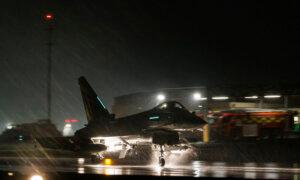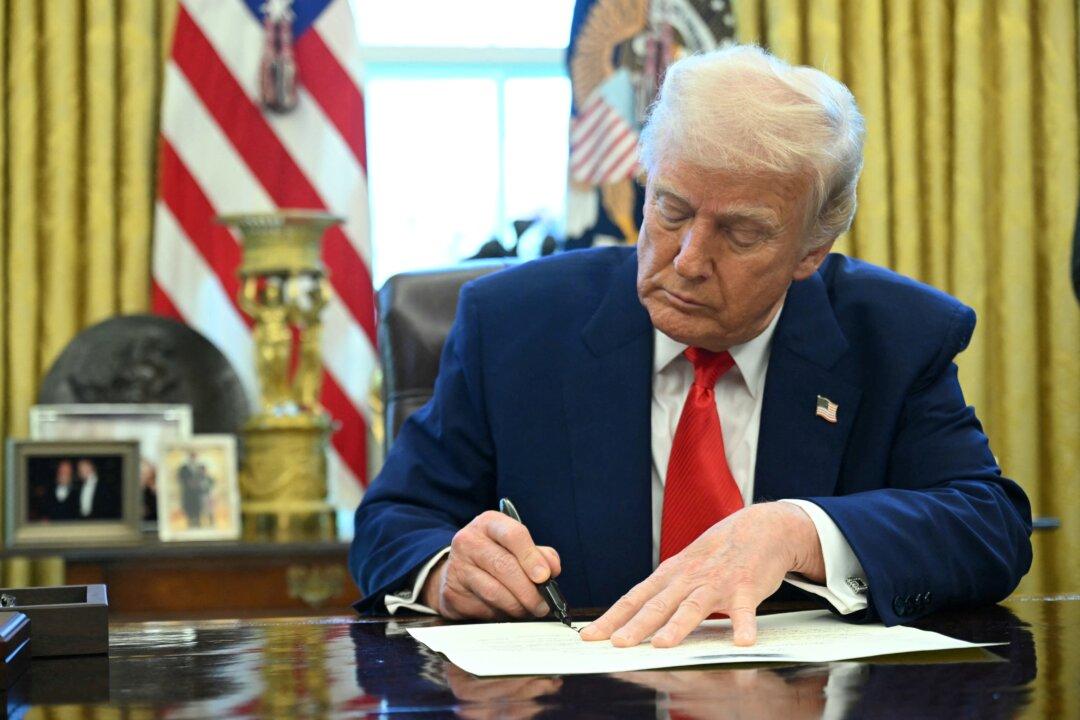U.S. armed forces carried out seven “self-defense strikes” against Houthi targets in Yemen on Feb. 8, as the Iranian-backed group renewed its attacks on ships in the Red Sea.
The strikes targeted four Houthi unmanned surface vessels and seven mobile anti-ship cruise missiles that were prepared for launch against ships in the Red Sea, the U.S. Central Command (CENTCOM) said in a statement.
CENTCOM said the missiles were identified in Houthi-controlled areas in Yemen. The strikes were launched as the missiles “presented an imminent threat to U.S. Navy ships and merchant vessels in the region.”
“These actions will protect freedom of navigation and make international waters safer and more secure for U.S. Navy and merchant vessels,” the U.S. military said.
CENTCOM forces also targeted two Houthi mobile anti-ship cruise missiles and a mobile land attack cruise missile on Feb. 7.
According to the UK Maritime Trade Operations agency, a UK-owned, Barbados-flagged cargo vessel sustained “slight damage” after coming under fire off Yemen’s west coast.
No deaths or injuries have been reported, while it remains unclear whether a second U.S.-owned vessel sustained any damage in the attack.
The Iranian-backed group has vowed to wage additional “self-defensive” actions after U.S. and UK forces carried out wide-ranging strikes against 36 Houthi targets across Yemen.

The joint strikes, backed by several U.S. allies, targeted the Houthis’ buried weapons storage facilities, missile systems and launchers, air defense systems, and radars across 13 locations in Yemen.
“These precision strikes are intended to disrupt and degrade the capabilities that the Houthis use to threaten global trade, and the lives of innocent mariners, and are in response to a series of illegal, dangerous, and destabilizing Houthi actions since previous coalition strikes on January 11 and 22, 2024, including the January 27 attack which struck and set ablaze the Marshall Islands-flagged oil tanker M/V Marlin Luanda.
“Our aim remains to de-escalate tensions and restore stability in the Red Sea but let us reiterate our warning to Houthi leadership: we will not hesitate to continue to defend lives and the free flow of commerce in one of the world’s most critical waterways in the face of continued threats,” according to a Feb. 3 joint statement.
The Houthis, for their part, had warned that the strikes would “not go without a response.” They have conducted a campaign of terror against commercial shipping in the Red Sea in recent months, causing disruptions to global supply chains.
They said the attacks are a legitimate response to an ongoing Israeli offensive in the Gaza Strip that has left thousands of Palestinian civilians dead.
Houthi attacks on ships in and around the Red Sea have slowed trade between Asia and Europe, raised fears of supply bottlenecks, and alarmed major powers that the Gaza war may become a regional conflict.
Since the attacks began last November, the Houthis have hijacked one commercial vessel and attacked two dozen others with missiles and drones.
The Houthis overran much of Yemen, including the capital Sanaa, in 2014. The group is closely linked to Iran, Israel’s archenemy in the region.
Tehran, meanwhile, has denied Western claims that it directs the group’s actions or provides it with material support.






